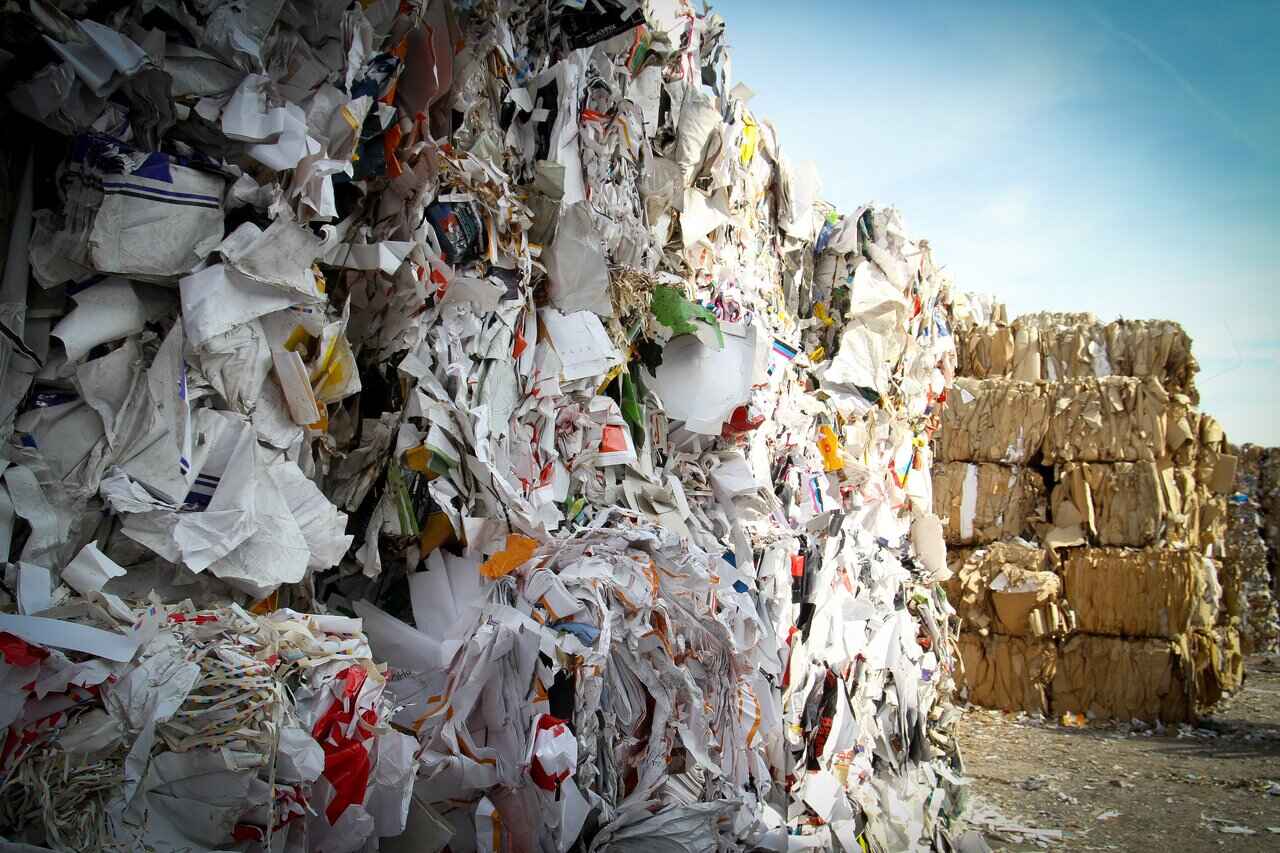Saving paper

Paper is produced from cellulose fibres (derived from wood, rags or grasses), as well as from recycled paper. According to WWF, the pulp and paper industry, which includes products such as office and catalog paper, glossy paper, tissue and paper-based packaging, uses over 40 percent of all industrial wood traded globally.
Here are some ideas on reducing paper consumption, following 5R methold
Refuse:
- Junk Mail, by putting a sticker on your mailbox (e.g. Keine Werbung bitte).
- Flyers or free newspapers if you’re not actually interested.
- All mail from banks and insurance companies: they probably have an e-billing option and e-newsletter.
- Paper bags and napkins at the take-away or at the bakery (as previously discussed).
Reduce:
- Remember that each sheet of paper has two sides. If your printer can use them, so can you!
- Avoid printing wherever possible. When necessary, use both sides and if possible multiple pages per sheet.
- Use notebooks right up to the last page.
- Switch from single use tissues and paper towel to reusable cloths (as discussed previously)
- Adapt your toilet paper consumption: switch to recycled paper, some thickness are optimized to reduce the number of sheets needed…
Reuse:
- Use envelopes, old papers or the back of flyers to write your shopping list or replace your notebook.
- Create DIY notebooks using sheets that have previously been printed on one side (staple or tie them).
- Your children’s artwork can be transformed into gift wrapping paper, postcards, photo frames, even writing paper,…
- Make crafts with magazines, newspaper or any other paper at home (use them to protect your table, for collages or papier maché,…).
- Always use recycled paper, especially for toilet roll.
Recycle:
When paper can no longer be reused, recycle it. It will be transformed into paper or cardboard.
Paper fibres can be recycled 7 times. The European average is only 3.5 times.
When paper can no longer be reused, recycle it. It will be transformed into paper or cardboard.
Paper fibres can be recycled 7 times. The European average is only 3.5 times.
To go further:
- Pay attention to the sources of the paper used in books you buy. Often, when no location is mentioned, the paper has come from Asia and contains tropical wood fibres. (source: WWF)
- Help WWF to protect the tropical forest by making a financial gift.
- Adopt a responsible paper purchasing policy - Guide to buying paper.
Sources: WWF -Forests and wood products